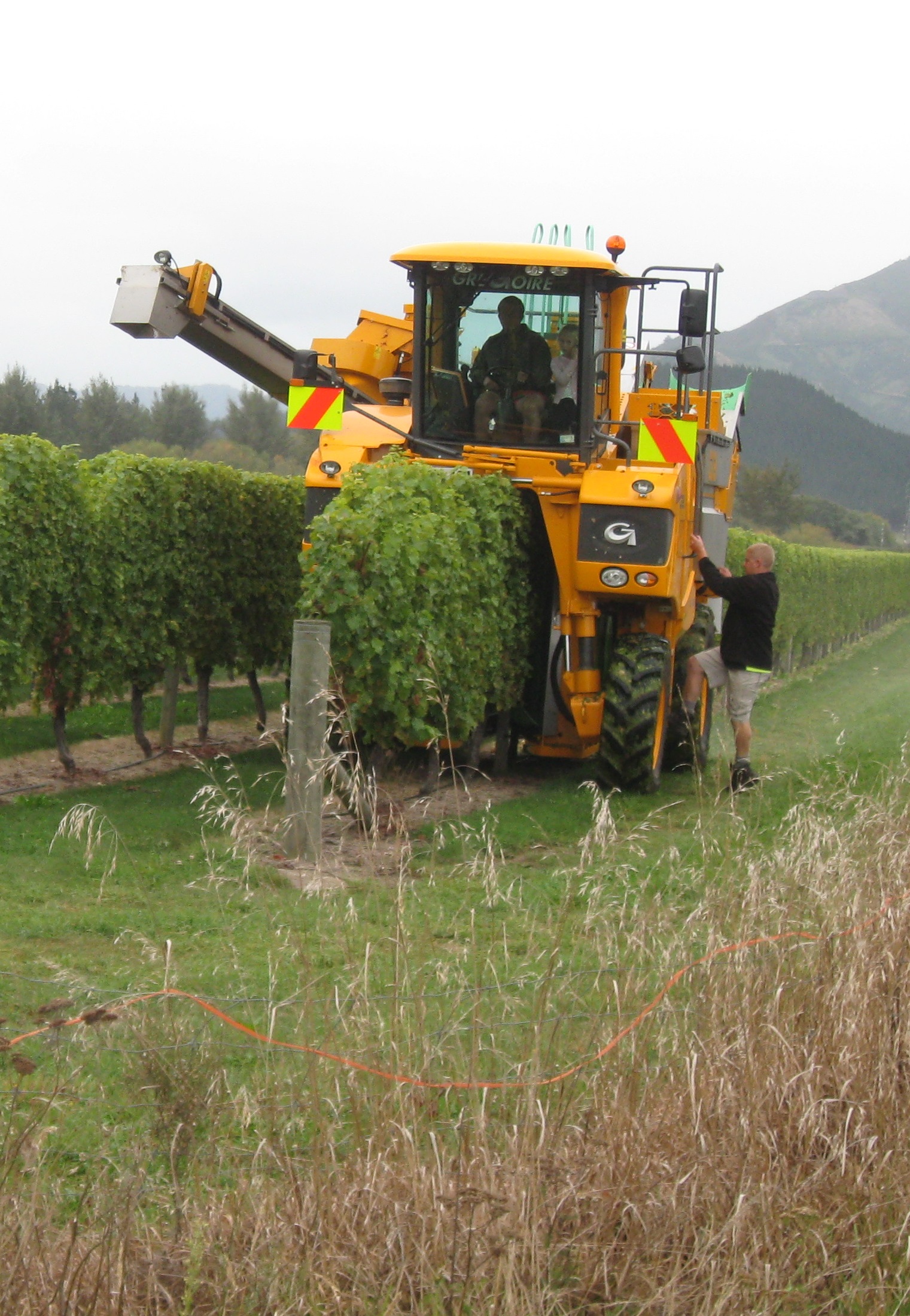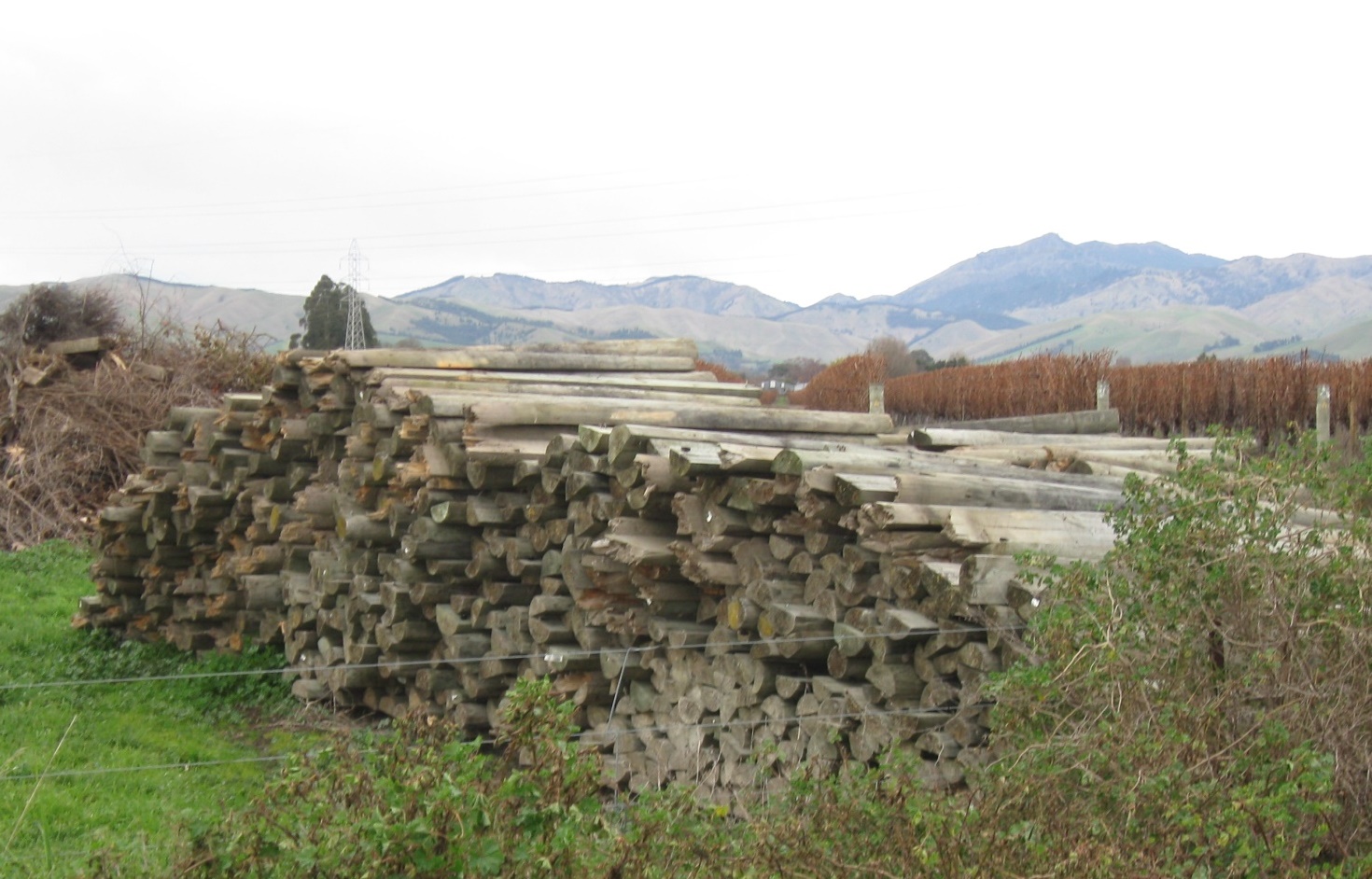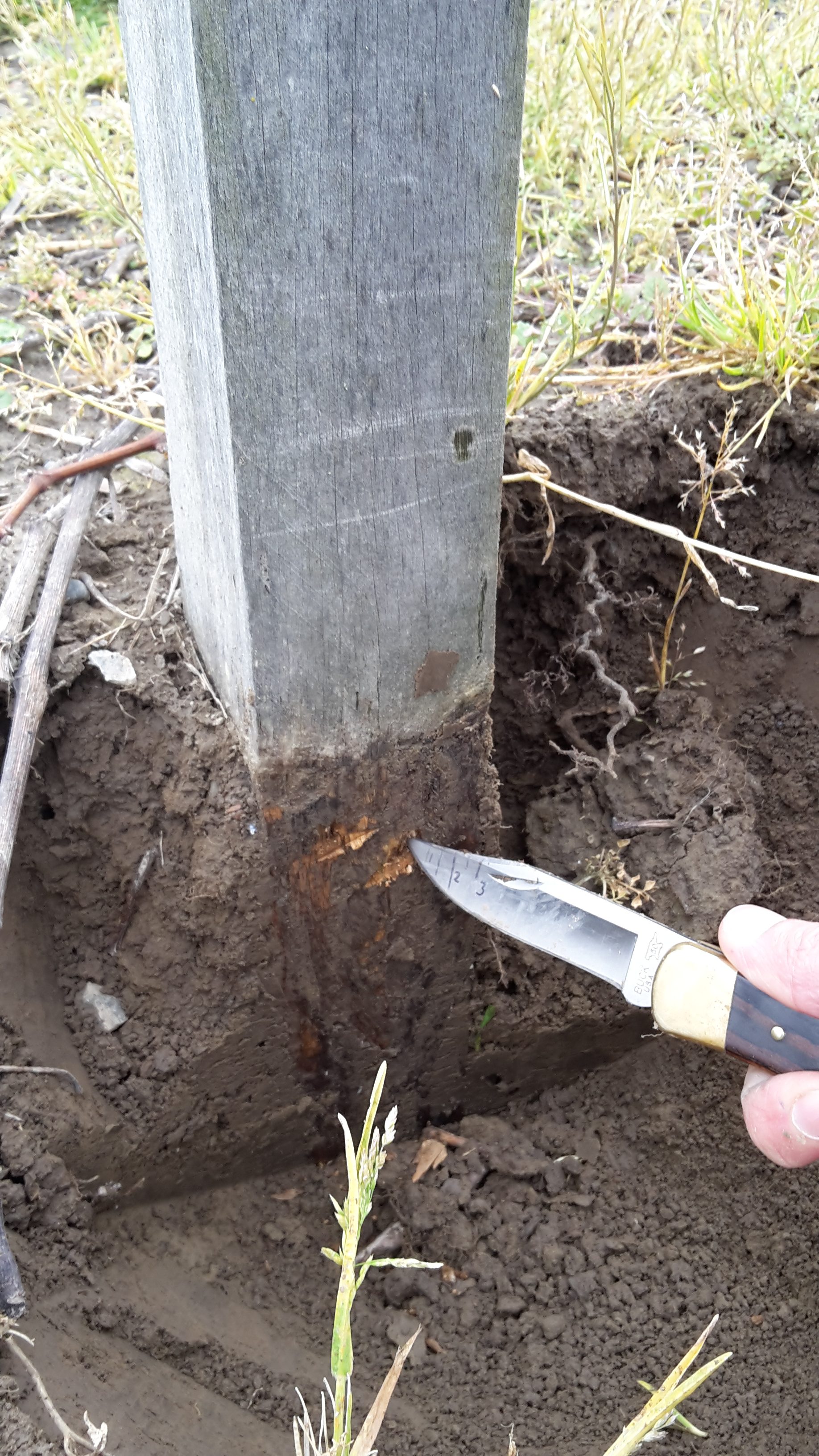Drylands and Vineyard Posts – Video
- In:
- 2017 Forest Growers Conference
- Report No:
- AC2017-26
- Report Date:
- October 18, 2017
- Author(s):
- Paul Millen: DFI
Targeted Small Owner Research
Drylands and Vineyard Posts – Paul Millen: DFI
Presentation below.
Performance of naturally durable eucalypt posts in Marlborough vineyards
Conference presenter: Paul Millen, Project Manager, NZ Dryland Forests Initiative
Presentation: Drylands and Vineyard Posts
Marlborough is New Zealand’s major wine-producing region, with some 66% (24,000 ha) of the total national vineyard area (36,000 ha).
An estimated 15 million posts are in use in Marlborough’s vineyards. Almost all of these are CCA-treated radiata pine posts. These posts give rise to a range of environmental concerns, both for growers and the wider public, including:
- unacceptable under organic/sustainable wine production standards
- brittle and easily broken by mechanical pruners and harvesters, expensive to replace
- broken posts are hazardous and expensive to dispose of
- potential toxic leachates from posts could have serious consequences for both soil health and the industry’s market image.
 Mechanical harvester operating in a Marlborough Vineyard.
Mechanical harvester operating in a Marlborough Vineyard.
 Broken CCA-treated posts stockpiled and awaiting disposal.
Broken CCA-treated posts stockpiled and awaiting disposal.
Between 2006 and 2009, Marlborough-based Vineyard Timbers Ltd sourced timber from several promising naturally durable species, including Eucalyptus bosistoana (coast grey box), and E. globoidea (white stringybark). Existing mature trees were felled and milled to produce vineyard posts.
Around 750 E. bosistoana posts, 300 E. globoidea posts, plus 355 posts of other eucalyptus species, (a total of around 1400 posts), were purchased by six vineyards in the lower Wairau Valley. The vineyard owners were keen to try an alternative to CCA-treated posts. Based on their durability ratings (Australian Standard), the E. bosistoana posts are expected to last at least 20-25 years in situ, and the E. globoidea 15-20 years.
Performance of the durable timber posts over 9-11 years
In 2017, a survey of the six vineyards where the durable vineyard posts had been installed 9-11 years ago was carried out. The survey had two aims:
- to gauge the vineyard owners’ experience and opinion of the posts’ performance
- to test the posts for in-ground decay, and identify reasons for breakages or other poor performance in situ.
Post performance: feedback from vineyard owners and managers
During visits to the vineyards, 1065 posts were found to still be in service. Another 14 were found broken, 1 failed from decay and 45 in storage.
Feedback about the posts was generally positive, thanks to their natural durability and hence acceptability for organic/sustainable production standards.
Breakages reported were minimal – only 14 in total. Negative comments were about how hard the eucalypt timber is, making nailing or fastening wire hangers difficult. Pre-drilling was deemed necessary. One owner also found some posts had twisted in storage due to cross grain.
Testing for decay
A sample of 150 posts in service across four vineyards were examined to assess timber condition in the top 200 mm of the soil horizon where maximum decay is likely to occur. The assessments indicated:
- thebosistoana posts in service had very low levels of decay
- by comparison, globoidea posts were showing higher decay rates but many are still in service and should remain so for a number of years.
Analysis at a case-study vineyard found only 8 E bosistoana posts broken out of the 265 installed 11 years ago. This equates to 3% of the total, giving an annual breakage rate of 0.3%, compared to up to 5% annual breakage in conventional CCA-treated pine posts. All but two of 50 posts assessed on the vineyard for in-ground decay showed less than 5mm of decay, even after 11 years in service.
The feedback from vineyard owners/managers and the results of our decay assessments demonstrate that durable eucalypt vineyard posts of both E. bosistoana and E. globoidea provide at least 10 years’ useful service with low levels of breakage.
 bosistoana post showing virtually no decay after 11 years in service.
bosistoana post showing virtually no decay after 11 years in service.
Website: New Zealand Drylands Forests Initiative
- Document:
- 26 Durable Eucalypt Vineyard Posts_P Millen (1.15 Mb)




